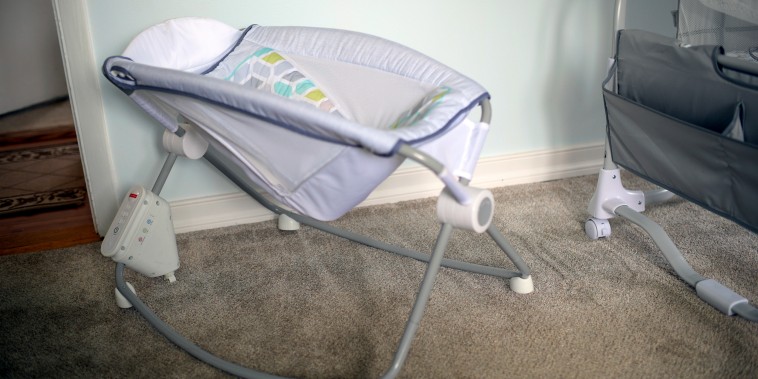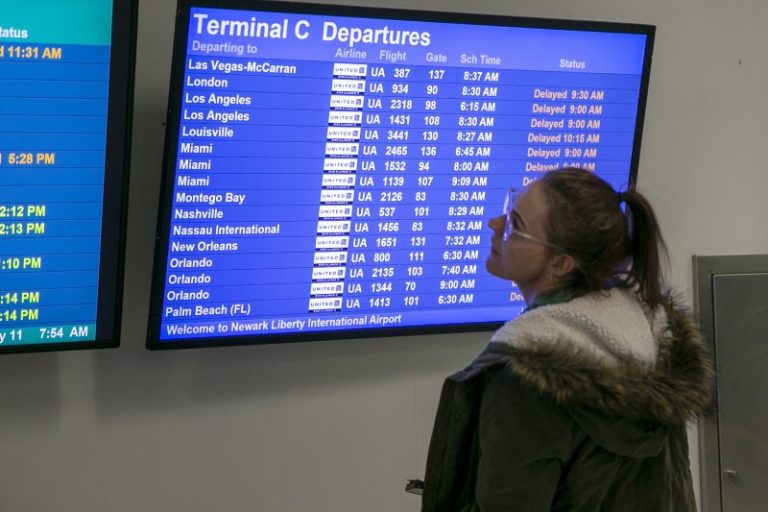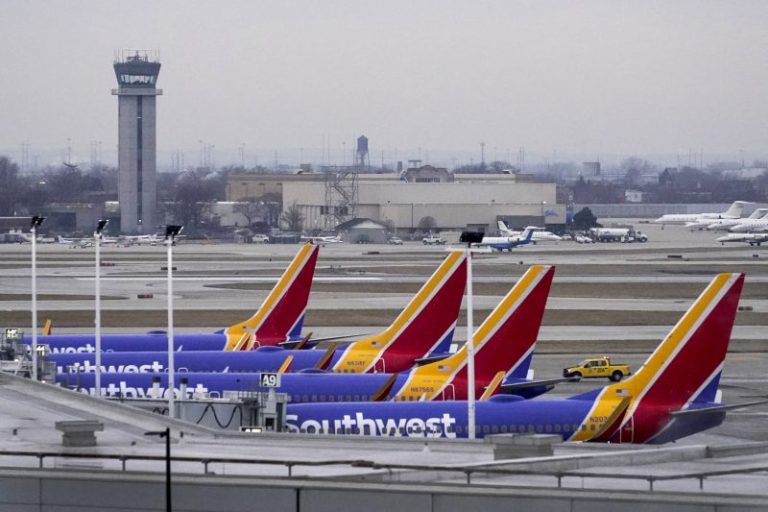More than 800 Amazon employees are calling on the company to step up its response to climate change through foreign aid — a sign internal activism is still alive at tech companies despite layoffs and a slowing economy.
The employees say the aid is a way for Amazon to take greater responsibility for its role in producing the greenhouse emissions that cause climate change.
In a petition posted on an internal system, the workers are asking Amazon to contribute toward “reparations” for Pakistan —which suffered devastating floods last summer and fall— by matching employee donations to relief efforts, according to screenshots given to NBC News. They also want the company to match employee donations in future climate related disasters.
“Amazon’s success and scale comes with a broad responsibility,” the petition reads. “As Amazonians, we are proud to uphold our leadership principles, and in that spirit, we owe it to our workforce, our customers, and the planet we live on to mitigate the harm our operations cause.”
The petition was started by Amazon Employees for Climate Justice, a group of workers that has pushed the company on climate issues for years. Scientists have said the flooding that killed more than 1,700 people and displaced millions in Pakistan was much more likely to occur because of climate change.
Amazon created a disaster relief portal in 2017 that allows employees and the company to work together to send supplies to areas affected by climate change and other disasters, and it has donated $200,000 to relief organizations in Pakistan since the floods, according to spokesman Patrick Malone.
The company did not comment directly on the petition. Malone said in a statement that “Amazon has responded to more than 100 events around the globe and donated more than 20 million goods, funding, and other services to nonprofits operating on the ground.”
Following previous employee actions around climate change, the company pledged to reach net zero carbon emissions by 2040.
Despite pledge, emissions rise
But workers noted in their petition that the company’s most recent disclosures showed its carbon emissions increased 40 percent in 2021 from 2019, the year the company announced its climate pledge.
The petition is part of a growing global movement demanding that wealthy countries and companies recognize their contributions to the climate crisis and the disproportionate effects climate change has wreaked on areas of the world that produce fewer emissions.
And it is attracting some Amazon workers not previously involved in workplace activism. The effort was sparked in part by Pakistani employees in the group whose families back home were affected by the floods. They say the company has an obligation to do more, given both its role in climate emissions, and the population of Pakistani workers it employs in the United States, many of whom are on H1B visas.
One Pakistani employee on the East Coast said she thought hard about getting involved because of concern for her job in an uncertain economic climate. Amazon recently announced layoffs of some 18,000 workers, joining other tech luminaries like Meta, Salesforce and Lyft in downsizing. She ultimately decided the modest action was worth the risk, though she requested that her name not be used, fearing retaliation for publicly criticizing the company.
“Amazon is one of the largest logistics companies and uses tons of fossil fuels,” the worker said. “It hasn’t been proactive enough. Amazon does have a responsibility, as do all of the big corporations in the U.S., and Europe.”
A contentious history
Amazon has faced down internal activism over climate change before, at times aggressively.
The company fired two of the founders of Amazon Employees for Climate Justice, Emily Cunningham and Maren Costa, after the group organized a virtual event for the company’s tech employees to speak with its warehouse workers about covid safety issues in early 2020. Tim Bray, a prominent engineer and vice president at the company, quit in protest over those firings, as well as that of organizer Chris Smalls.
Previously, Amazon Employees for Climate Justice had helped organize letter-writing campaigns, protests and a walkout to pressure the company on climate issues, demanding Amazon meet zero emissions by 2030, stop its cloud services division from doing business with the oil and gas industry, and cease donations to climate change denying politicians. One letter received 8,700 signatures from Amazon employees.
The NLRB found merit in the workers’ complaints that they were fired in retaliation, and Amazon eventually settled out of court with the employees.
“It definitely had an effect on people,” said Eliza Pan, a former program manager at the company who left in 2019 to go work on climate change issues, but is still involved with Amazon Employees for Climate Justice. “The effect was people being more cautious and more careful, but it wasn’t scaring people away completely.”
Amazon did ramp up its work on climate change, releasing a Climate Pledge on the eve of an employee walkout in 2019 that promised to have net zero emissions by 2040.
Those efforts include transitioning some of its fleet from gas to electric vehicles and pledging $100 million to reforestation funds. More than 350 other companies have since signed on to the pledge.
Tensie Whelan, the director of the Center for Sustainable Business at New York University’s business school, said that this kind of activism would continue to bubble up at companies as millennials and Generation Z continue to make up a bigger sector of the workforce.
“We’re not asking Amazon to do anything super extreme,” said an Amazon developer in Seattle who also spoke to NBC News on the condition his name not be used for fear of reprisal for going public. “What we’re asking them to do first is something we’re willing to do.”
This post appeared first on NBC NEWS









